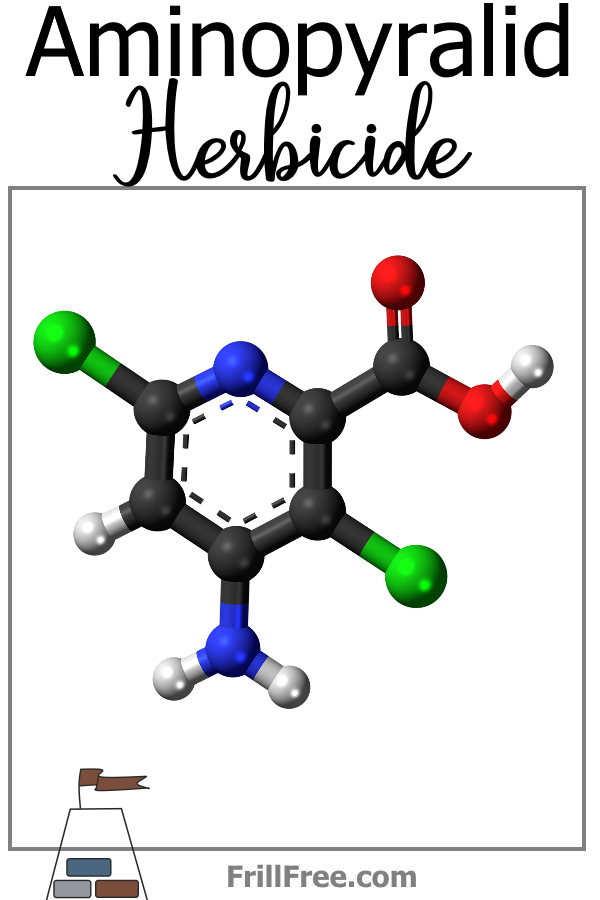- Homesteading
- Growing Vegetables
- Aminopyralid Herbicide - The DDT of The 21st Century
Aminopyralid Herbicide
The DDT of The 21st Century
Did we learn nothing from DDT? If you have never heard of it, count yourself lucky.
In the 1950's and 1960's, DDT was touted as the safest and most effective way to kill all kinds of bugs, from aphids to bedbugs to hair lice. It was used in commercial agriculture, and sold to home gardeners to use on their own gardens.
Some of their advertising showed how safe it was by spraying along the roadsides, and if a couple of kids on bikes got sprayed too, oh well, it was totally harmless to them.
Then Rachel Carson got involved in what she saw as a dangerous increase in the development of eco-unfriendly pesticides that would eventually result in a spring devoid of bird song. The scary thing is, she was almost right. We managed to steer around that risk, only to now confront it all over again.
The only thing that got DDT banned, besides finding it in breast milk, was the impact it had on birds of prey, thinning their eggshells and making it impossible for them to brood their eggs. The fact that bald eagles were starting to suddenly decline due to DDT was the final straw to the public.
Fast forward a few decades, to the 1980's, to the Monsanto and Round Up fiasco, where a giant chemical company has now decided to own many seeds all around the world.
Their reach has extended to the point that they will sue even a small market gardener growing their own mulch because it has the genetic markers for their so called 'Round Up Ready' plants
Meanwhile, in this decade, yet another bright spark in a chemical company decided to develop a wide reaching herbicide that they named Grazon, due to the fact that animals can safely 'graze' on the hay it is used on.
Sheep, steers in feedlots, horses in stables and many other animals are fed the hay, which sounds fine, until you are told that the manure collected from these animals is poisonous to any other plants than grasses or their relatives.
Think about what this means; any broadleaf plant will die if it is grown in soil which has this manure added to it. It is particularly effective on killing any solanaceaous plants. These are plants in the tomato and potato family.
Using that mainstay of organic gardeners everywhere, manure, is now fraught with danger. No longer can you safely use hay or straw, even if it's been eaten by cows or horses or other animals.
See more about Aminopyralid Herbicide Damage on Dave The Goods site.
The damage is unmistakable once you've seen it.
If you have tomatoes showing weird growth, curling foliage and a total crop failure, question your manure source. Even bagged steer manure is not safe. Your own compost isn't safe, if you, like many others, use hay or straw as a brown ingredient.
This herbicide is single handedly wiping out the little guy who picks up manure from feed lots or stables, bags it and sells it to the hardware store or the grocery store for their spring sales.
It is also jeopardizing anyone who grows tomatoes, peppers, eggplants and beans especially. Think of what this will mean to those growing for the likes of Hunts and Heinz, who use many thousands of tons of tomatoes for their products. Think of the seed producers, facing crop failures of their tomatoes grown for seed for next years gardeners.
If you grow a garden, or buy vegetables, you should be afraid. If you eat, you should start to be very concerned. This stuff is everywhere.
Interestingly, some plants are unfazed by the contamination. The worst affected are solanaceous, so peppers, tomatoes and eggplant, nicotiana (including the reviled tobacco plant, as well as ornamentals) and related plants.
Some that seem to shrug it off are gesneriads, such as Streptocarpus. I'll be doing some research, to see if things like strawberries are impacted, in the near future.












